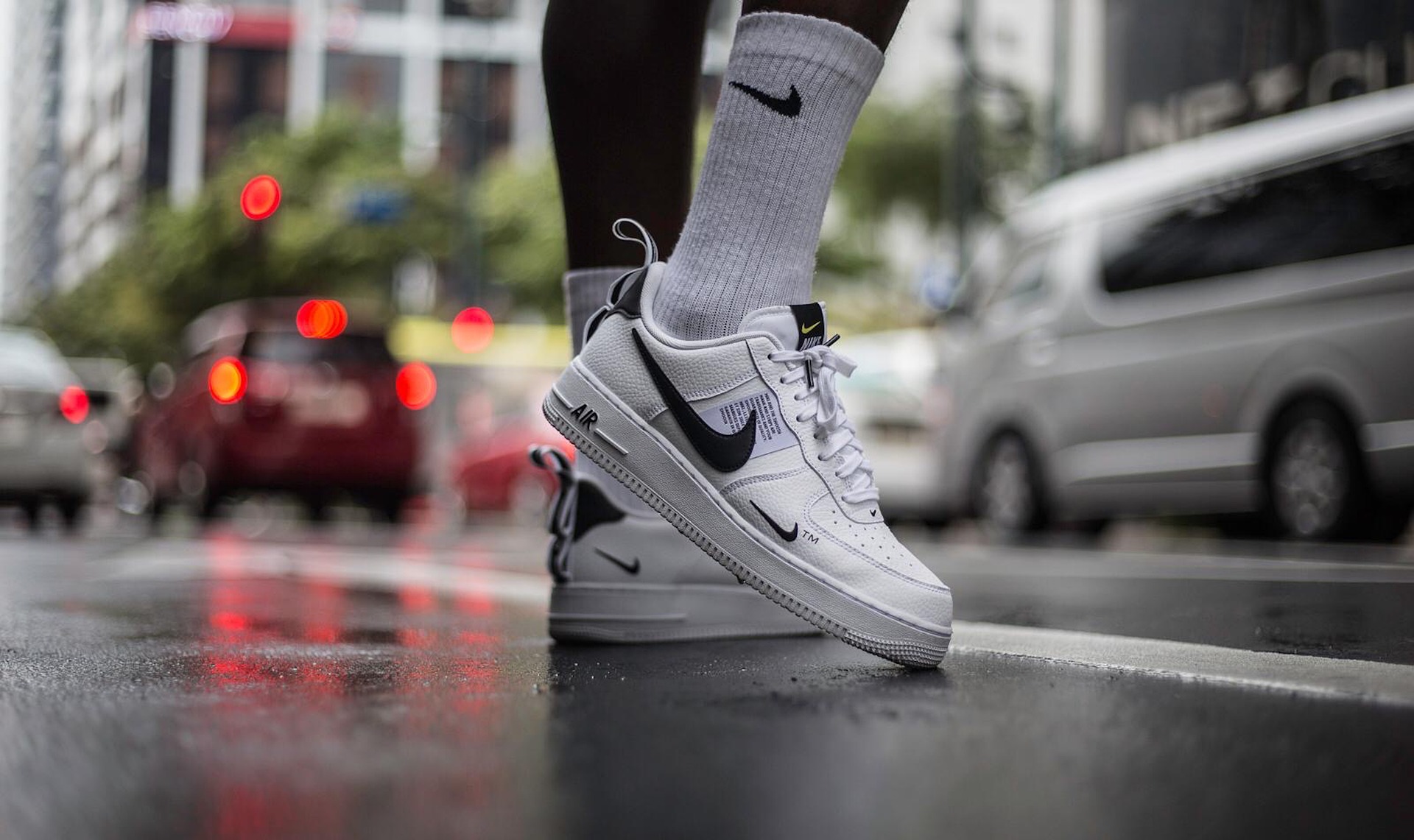When searching for a good pair of shoes, two things are critical: observing the shoe manufacturer’s size chart and carefully measuring the foot length or the insole of the shoes you feel like buying. If you do these things, you’ll have a far better chance of getting the right size and being satisfied with your purchase. The Nike running shoes are incredibly comfortable and true to their value. They make a fair choice when looking for a pair of running shoes. Scroll through the entire article to learn more about how to pair the correct shoe size.
Select Based on the Insole of Your Best Shoes
When purchasing new shoes, the most common and straightforward approach is to measure the insole (shoe insole). It does, however, have some drawbacks, so use it simply as a reference. Why is this so? The shoe’s footbed occasionally bends at the toe or heel, diminishing the inner space of the foot. A thicker insole can also be used to reduce the interior space of the shoes. On the other hand, more extended and broader shoes can accommodate persons with shorter and narrower feet due to a thicker footbed, which results in a better fit.
When selecting the size of new shoes, it is best to measure the insole in your favourite shoes and orient yourself based on their length.
Foot Size + a 12-Millimeter Extra = Perfect Fit
When deciding on shoe size, keep the 12 mm minimum extra in mind. (Note: The excess denotes the accessible area behind the heel and in front of the toes required for unfettered footwork). With more limited access, the shoe will press your feet down as you walk, and there is a possibility of uncomfortable blisters/toe or foot deformities if worn for an extended period. TIP: If you want orthopaedic insoles in your shoes, try them on first. Orthopaedic insoles are often higher and shaped differently than frequently used insoles.
Pay Close Attention to the Edge, Toe, and Heel Counter Shape
Aside from the fact that your feet are unique, choosing comfortable shoes is hampered because each manufacturer utilizes its own shoemaker’s hooves. Shoes may be of one size, yet they may fit you differently from one manufacturer to the next since they are fashioned differently in height and width, flexibility, and padding.
When gauging the insole length, the border of the sandal is also an issue since it is underused; thus, the foot room is frequently smaller than the entire length of the shoe. As a result, the edge should not be included in the insole measurement.
In enclosed shoes, the heel of the shoe can be offset to reduce the usable inner area (Note: The heel counter is put between the shoe’s back and lining).
Footwear’s Properties Change With Use
When newly purchased, they have a fluffy inner lining. Its purpose is to maintain the moisture level of your feet. But the interior padding will reduce in volume and expand both width and depth with long-term usage. Furthermore, excessive or unsuitable use or inadequate upkeep will spread the shoe’s material and construction to a breadth and length after some time, and seams or glue may release. Deformation of the insole or cushioning is also possible.
If you have foot issues or are uncertain about the correct shoe fit when shopping for shoes like Nike running shoes, Nike gym shoes, Nike training shoes, it is strongly advised that you visit a shoe store that provides professional, tailored shoe fitting. A complete shoe sizing and choosing process could take up to 45 minutes to an hour.

